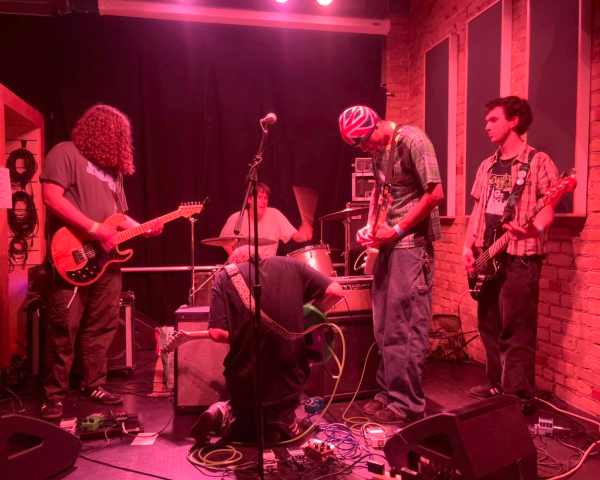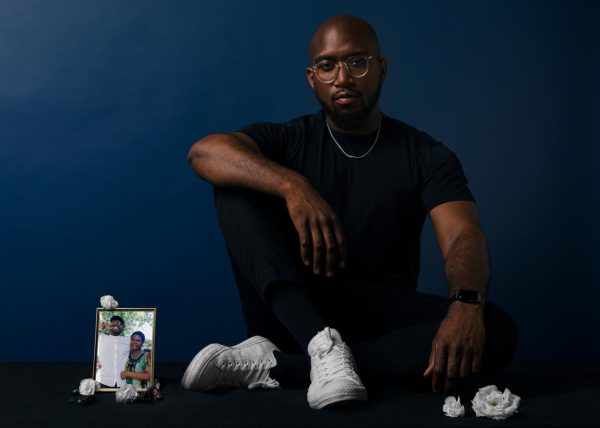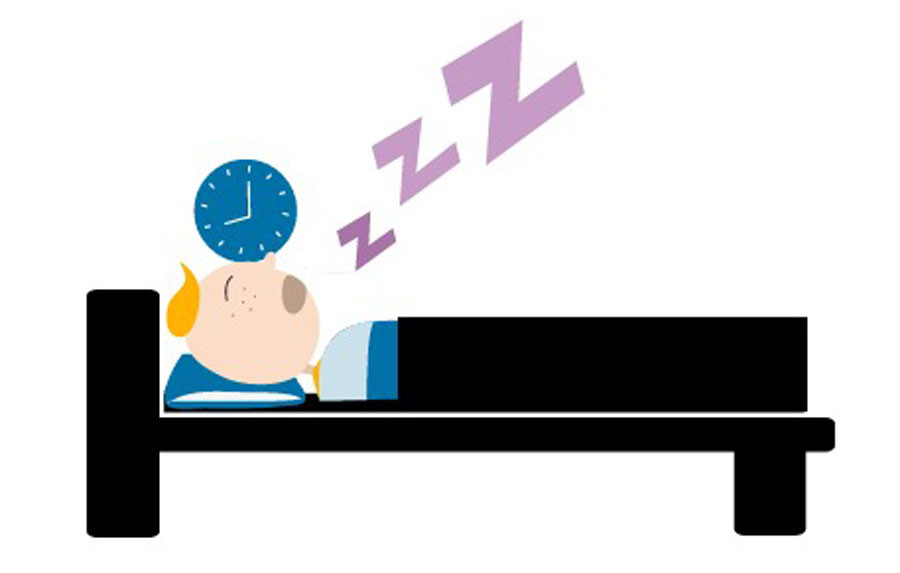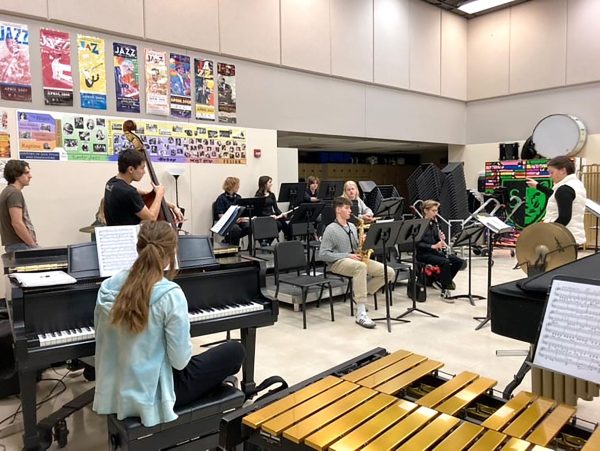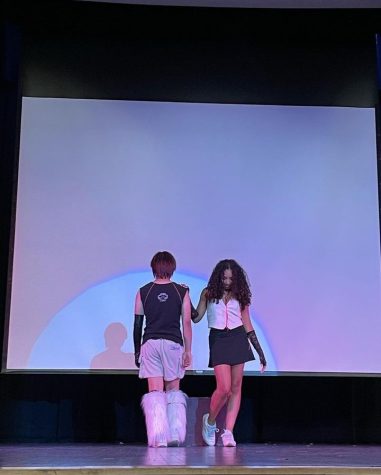Sleep? There’s a nApp for that
Schedules chock full of classes, homework, sports, clubs and part time jobs plus maintaining a social life leaves very little time for teenagers to get an adequate amount of sleep. The mayo clinic recommends teens get nine or more hours of sleep per night in order to be alert during the day. 24 hours each day just doesn’t seem like enough to make all of that happen. I know many students that think getting 7 or 8 hours of sleep in a night is an accomplishment, compared to the usual 5 or 6.
There are many reasons that students lack sleep, not all of them being scheduling related. Some sleep problems may be related to another medical condition, which can be identified by speaking with your doctor. For those of you who simply find sleep hard to come by, the Mayo Clinic may have a few tips to improve your nightly sleep.
Stick to a schedule.
This means going to sleep and waking up at roughly the same time each day. The difference between your weekday and weekend schedules should only vary about two hours.
Reduce caffeine consumption.
Sometimes after a long night of studying, it may seem like a large latte is the only thing that’s going to get you through the day. In reality, caffeine will only keep you awake for a few hours, and may even leave you more drowsy later. It can also interfere with your sleep schedule, keeping you awake at night. If you find it impossible to cut caffeine completely, try to keep your daily dose to a minimum.
Wind down before bedtime.
Turn off your electronics, grab a cup of tea or a bubble bath, put on your favorite PJs to calm down before bedtime. (Netflix is probably not conducive to a good night’s sleep)
Get active!
Build exercise into your daily schedule. Exercise has many benefits, including promoting better sleep.
What time you fall asleep and get up can also make a difference! The average sleep cycle lasts 90 minutes, so each night you go through several. According to Psychology Today there are five stages in a sleep cycle, starting with light sleep, until what is known as rapid eye movement (REM) sleep during which most dreaming occurs. To wake up more refreshed it is beneficial to wake up between cycles, or during light sleep to prevent drowsiness.
How I am supposed to know when to wake up between sleep cycles? Well there’s an app for that! “Bed Time Calculator” is a free app that allows you to enter either what time you want to wake up and it gives you several options of the best times to go to sleep. You can also do it the other way and enter what time you are going to bed and it will give you ideal times to wake up.
This app can end up being a little inaccurate depending on how much time it takes you to fall asleep. There are a few other options in the app department.
Another one is called “Sleep Time.” When you go to bed you open the app and leave your phone on your bed for the night. The app uses the motion of the phone on your bed to track your movement and assess when you are in deep sleep or when you seem more restless. You can put in a window of time that you would like to wake up in, say 7:00-7:30am, and the app will use your movements to try to wake you up between cycles. The app has other features like alarm ringtone options and relaxation tracks to fall asleep to. The downside is trying to keep it on your bed at night while you may also want to charge your phone and not end up entangled in cords.
Of course there are those nights you’re up all night cramming for a test and you only manage to get five hours of sleep. By the time you get home you feel like you could go to bed and sleep until the next day, but you have work later and a ton of homework. This is a major dilemma, but fortunately there is an easy answer.
Just like it matters what time you go to bed and wake up in the morning, the time of day you take a nap can increase it’s effectiveness. You can use Dr. Sara Mednick’s “Nap Wheel” to determine when your ideal nap time is.
It’s also important to keep your nap short and sweet. According to a study by journalsleep.org 10-20 minutes of sleep tends to be the most effective nap length. It’s enough time to feel refreshed without getting groggy which just makes things worse.
Use these tips to try to catch some Z’s (and stay energized to finish off the school year!)

My name is Ellen Gantenbein. I’m a Senior and the Sports Editor at The Southerner! When I’m not keeping up on all the Tiger sports news, you can find...


